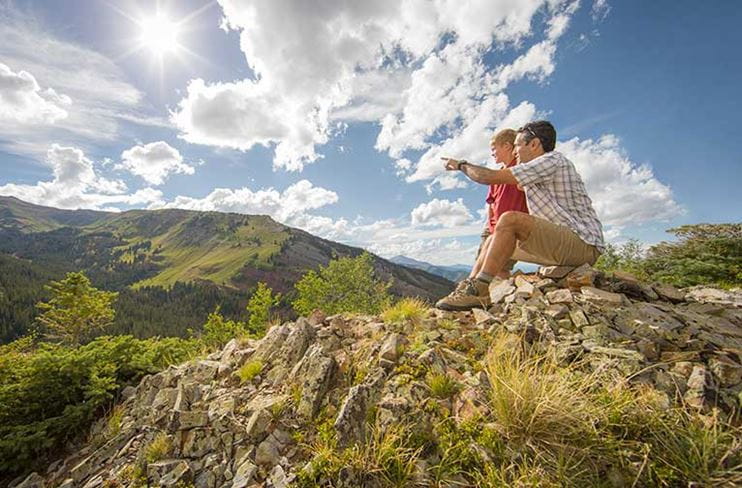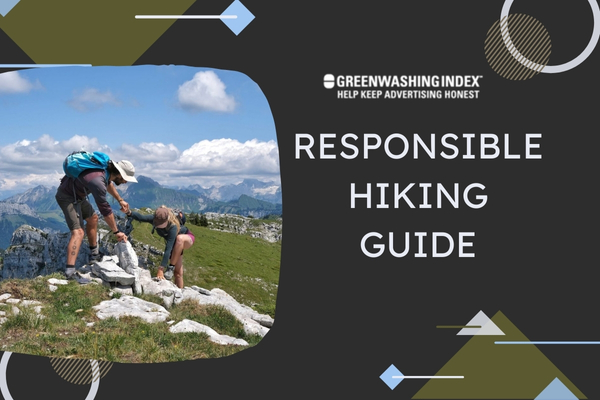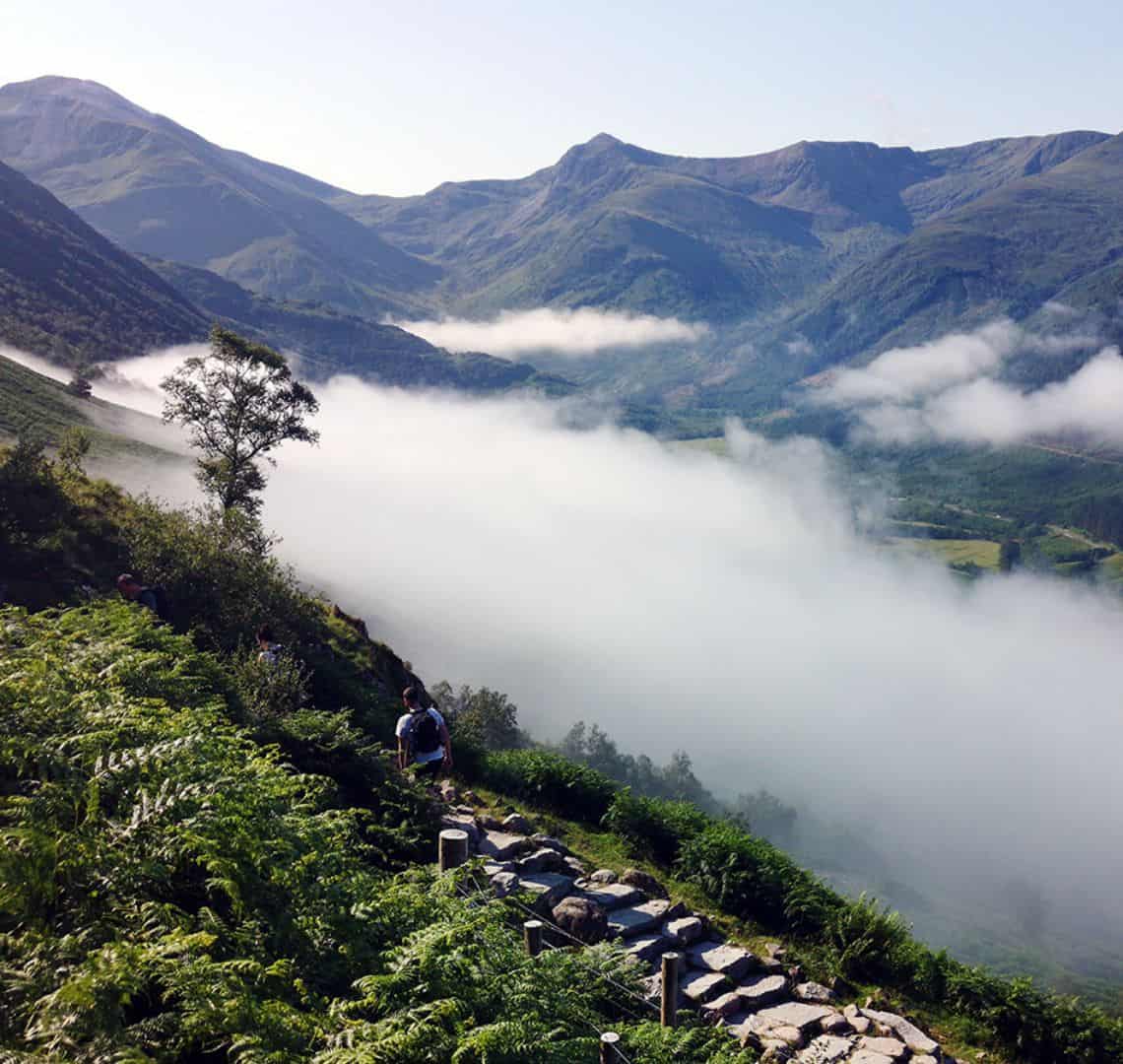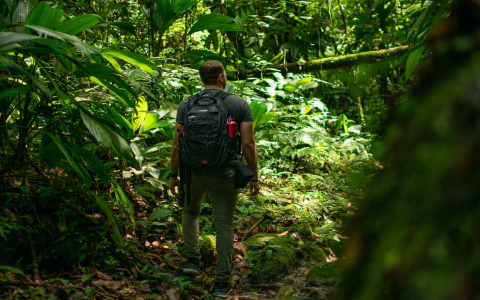Okay, let me walk you through how I actually do my trips when I head out into the backcountry, trying not to be that guy who messes things up. It’s not super complicated, just stuff I picked up and try to stick to.

Before I Even Lock My Front Door
So, first thing, I figure out where I’m going. I don’t just point at a map. I actually check the rules for that specific spot. Jump online, look at the park or forest service website. What are the fire restrictions? Huge one right now, most places have bans. Where can I actually camp? Are permits needed? Sometimes you gotta book way ahead. I also check trail conditions if I can find recent reports. Saves me hiking miles just to find a bridge is out.
Then comes packing. I’m thinking about waste before I even start. I take food out of store packaging, put it in reusable bags or containers. Less bulky trash to pack out later. For water, I always carry a filter or purification tabs. Way lighter than hauling gallons of bottled water, and zero plastic bottles to crush and carry home.
I also grab a trowel – yeah, a little shovel – for, you know, bathroom duties. And extra trash bags. Not just for my stuff, but sometimes you find other people’s junk. Sigh.
Hitting the Trail
Alright, driving there, I park in the designated spot. Sounds dumb to mention, but I’ve seen cars jammed onto fragile ground off the side of the road. Stick to the parking lot.
Walking? Stay on the trail. Seriously. Cutting switchbacks looks tempting, but it chews up the hillside and causes erosion. Makes the trail wider and uglier. If it’s muddy, I walk through the mud, not around it. Going around widens the trail too.

When I meet other people, I keep it chill. No loud music on a speaker. If they’re faster, I step aside. If I’m going downhill and they’re coming up, I give them the right of way. Basic stuff.
Setting Up My Spot for the Night
Finding a campsite is key. I look for places that are obviously already used – flattened ground, no vegetation right there. Never clear plants or break branches to make space. If my tent doesn’t fit, I find another spot. Gotta camp at least 200 feet – that’s like 70 big steps – away from lakes and streams.
Cooking happens on my little backpacking stove. Campfires? Honestly, I rarely make them anymore even if allowed. Too much risk, and finding dead, down wood without stripping the place bare is tough. If I did make one, it’d be in an existing fire ring, small, and I’d douse it completely with water until it’s cold to the touch before sleeping or leaving.
Washing up – dishes or myself – I haul water 200 feet away from the source first. Use tiny amounts of biodegradable soap, if any. Scatter the dirty water widely, don’t just dump it in one spot.
Nature Calls and Critters
Bathroom time. Number one, find a spot away from water and camp. Number two requires the trowel. Dig a cathole 6-8 inches deep, again, well away from water, trails, and camp. Do the deed, then bury it properly, covering it with the original dirt and leaves. Critically important: pack out your toilet paper. Bring a dedicated plastic bag for this. Nobody wants to stumble upon used TP flowers blooming in the woods.

Wildlife is cool to see, but from a distance. Never feed animals, ever. It messes up their natural habits and can make them aggressive. I store all my food, trash, and anything smelly (like toothpaste) in a bear canister or hang it properly in a bear bag, away from my tent. Keeps critters out of my stuff and keeps them wild.
Leaving No Trace Behind
Packing up in the morning, I do a thorough sweep of my campsite. I walk around looking for anything I might have dropped – tiny corners of wrappers, bits of food, twist ties. Everything goes into my trash bag. The goal is to make it look like I was never there.
- Pack it in, pack it out. Everything. Apple cores, orange peels, coffee grounds included. They take ages to decompose in some environments and attract animals.
- Leave rocks, plants, and other natural objects as I found them. Don’t build structures or dig trenches.
Back in Civilization
Once I hike out and get back to my car, I take my trash home with me. Park trash cans are often overflowing and attract animals. My own bin can handle it.
That’s pretty much my process. It’s just about thinking ahead and trying to minimize my impact so the place stays wild and enjoyable for the next person, and for the animals that live there.










